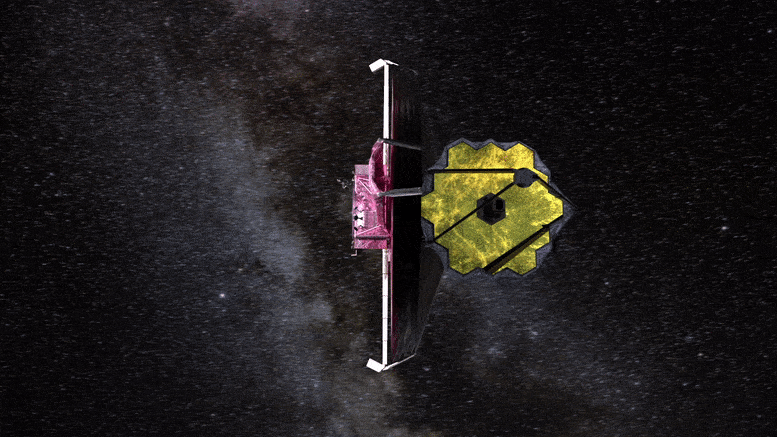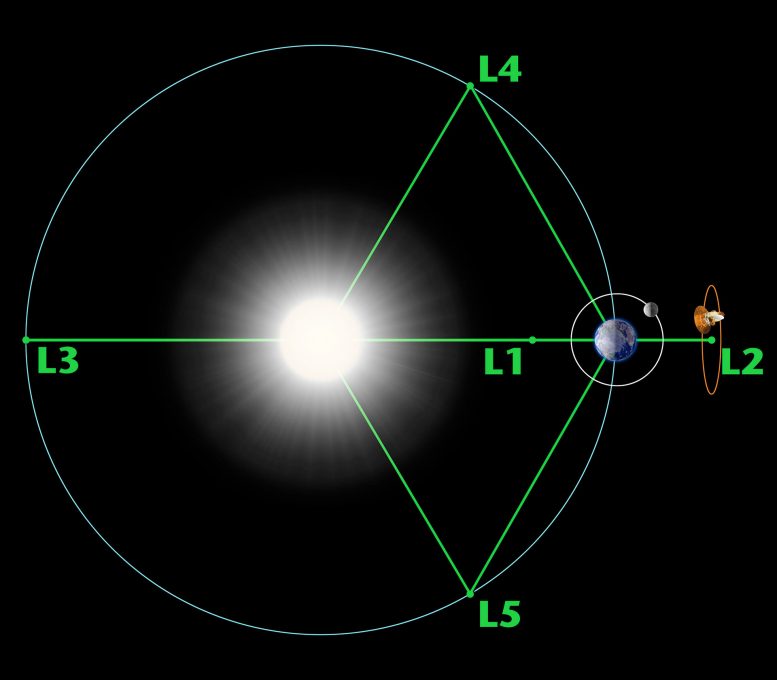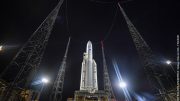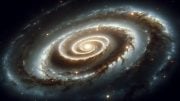
The James Webb Space Telescope (JWST) is the next of NASA’s Great Observatories; following in the line of the Hubble Space Telescope, the Compton Gamma-ray Observatory, the Chandra X-ray Observatory, and the Spitzer Space Telescope. JWST combines qualities of two of its predecessors, observing in infrared light, like Spitzer, with fine resolution, like Hubble. Credit: NASA, SkyWorks Digital, Northrop Grumman, STScI
NASA’s James Webb Space Telescope is scheduled for a final correction burn on January 24, positioning it at the second Sun-Earth Lagrange point, or L2, an ideal spot nearly 1 million miles from Earth for its infrared astronomy.
On Monday, January 24, engineers plan to instruct NASA’s James Webb Space Telescope to complete a final correction burn. This will place it into its desired orbit, nearly 1 million miles away from the Earth at what is called the second Sun-Earth Lagrange point, or “L2” for short.
Mathematically, Lagrange points are solutions to what is called the “restricted three-body problem.” Any two massive, gravitationally significant objects in space generate five specific locations – Lagrange points – where their gravitational forces and the centrifugal force of the motion of a small, third body such as a spacecraft are in equilibrium. Lagrange points are labeled L1 through L5 and are preceded by the names of the two gravitational bodies that generate them (the big one first).

The Lagrange points associated with the Sun-Earth system. Lagrange Points are positions in space where the gravitational forces of a two-body system like the Sun and the Earth balance out, allowing a spacecraft to remain in position with reduced fuel consumption. The image includes a small icon representing NASA’s WMAP spacecraft orbiting around L2, which is about 1.5 million km from Earth. Credit: NASA/WMAP Science Team
While all Lagrange points are gravitational balance points, not all are completely stable. L1, L2, and L3 are “meta-stable’ locations with saddle-shaped gravity gradients, like a point on the middle of a ridgeline between two slightly higher peaks wherein it is the low, stable point between the two peaks, but it is still a high, unstable point relative to the valleys on either side of the ridge. L4 and L5 are stable in that each location is like a shallow depression or bowl atop the middle of a long, tall ridge or hill.
So why send Webb to orbit Sun-Earth L2? Because it is an ideal location for an infrared observatory. At Sun-Earth L2, the Sun and Earth (and Moon, too) are always on one side of space, allowing Webb to keep its telescope optics and instruments perpetually shaded. This enables them to get cold for infrared sensitivity, yet still access nearly half the sky at any given moment for observations. (See video embedded below.) To view any and every point in the sky over the course of time requires merely waiting a few months to travel farther around the Sun and reveal more of the sky that was previously “behind” the Sun.
Moreover, at L2, Earth is far enough away that the roughly room-temperature heat radiating from it won’t warm up Webb. And because L2 is a location of gravitational equilibrium, it is easy for Webb to maintain an orbit there. Note that it is simpler, easier, and more efficient to orbit around L2 than to dwell precisely at L2. Furthermore, by orbiting rather than being exactly at L2, Webb will never have the Sun eclipsed by Earth, which is necessary for Webb’s thermal stability and for power generation. In fact, Webb’s orbit around L2 is larger in size than the Moon’s orbit around Earth! L2 is also convenient for always maintaining contact with the Mission Operations Center on Earth through the Deep Space Network. Other space-based observatories including WMAP, Herschel, and Planck orbit Sun-Earth L2 for the same reasons.
Generally speaking, getting a spacecraft to Sun-Earth L2 is fairly straightforward, but Webb’s architecture added a wrinkle. Karen Richon, Webb’s Flight Dynamics lead engineer, describes getting Webb to L2 and keeping it there:
“Think about throwing a ball straight up in the air, as hard as you can; it starts out very fast, but slows down as gravity pulls it back towards Earth, eventually stopping at its peak and then returning to the ground. Similar to your arm giving the ball energy to go up a few meters from the Earth’s surface, the Ariane 5 rocket gave Webb energy to go the great distance of 1.1 million kilometers, but not quite enough energy to escape Earth’s gravity. Just like the ball, Webb is slowing down, and, if we allowed it, would eventually stop and fall back towards Earth. Unlike the ball, Webb wouldn’t return to the Earth’s surface, but would be in an extremely elliptical orbit, with a perigee altitude of 300 kilometers and an apogee altitude of 1,300,000 kilometers. Utilizing thrust every three weeks or so from small rocket engines aboard Webb will keep it orbiting L2, looping around it in a halo orbit once every six months.
“So, why did the Ariane not give Webb more energy and why did Webb need course correction? If the Ariane had given Webb even a little bit too much energy than needed to get it to L2, it would be going too fast when it got there and would overshoot its desired science orbit. Webb would have to do a significant braking maneuver by thrusting toward the Sun to slow down. Not only would that big burn cost a lot of propellant, it would be impossible because it would require Webb to turn 180 degrees in order to thrust toward the Sun, which would have exposed its telescope optics and instruments directly to the Sun, thus overheating their structures and literally melting the glue that holds them together. Mounting thrusters on the telescope as a way to direct braking thrust was infeasible for a number of reasons and was never a design option.
“Therefore, Webb requested just enough energy from the Ariane rocket to ensure that we would never have to do a retro burn, but would always require a burn from the observatory to precisely make up the difference and place it in the desired orbit. The Ariane 5 targeted Webb so accurately that our first and most critical burn was smaller than we had to plan and design for, leaving more fuel for an extended mission!”
—Karen Richon, Webb Flight Dynamics lead engineer, NASA’s Goddard Space Flight Center
A detailed breakdown of Webb’s orbit can be found here.









Very nice to read a clear, concise and scientifically literate explanation of the Lagrange Points and the launch mission plan of JWST. Kudos.
An historic moment in astronomy. Ed Hubble’s legacy.
Great website. Here are a lot of useful information. 210065608